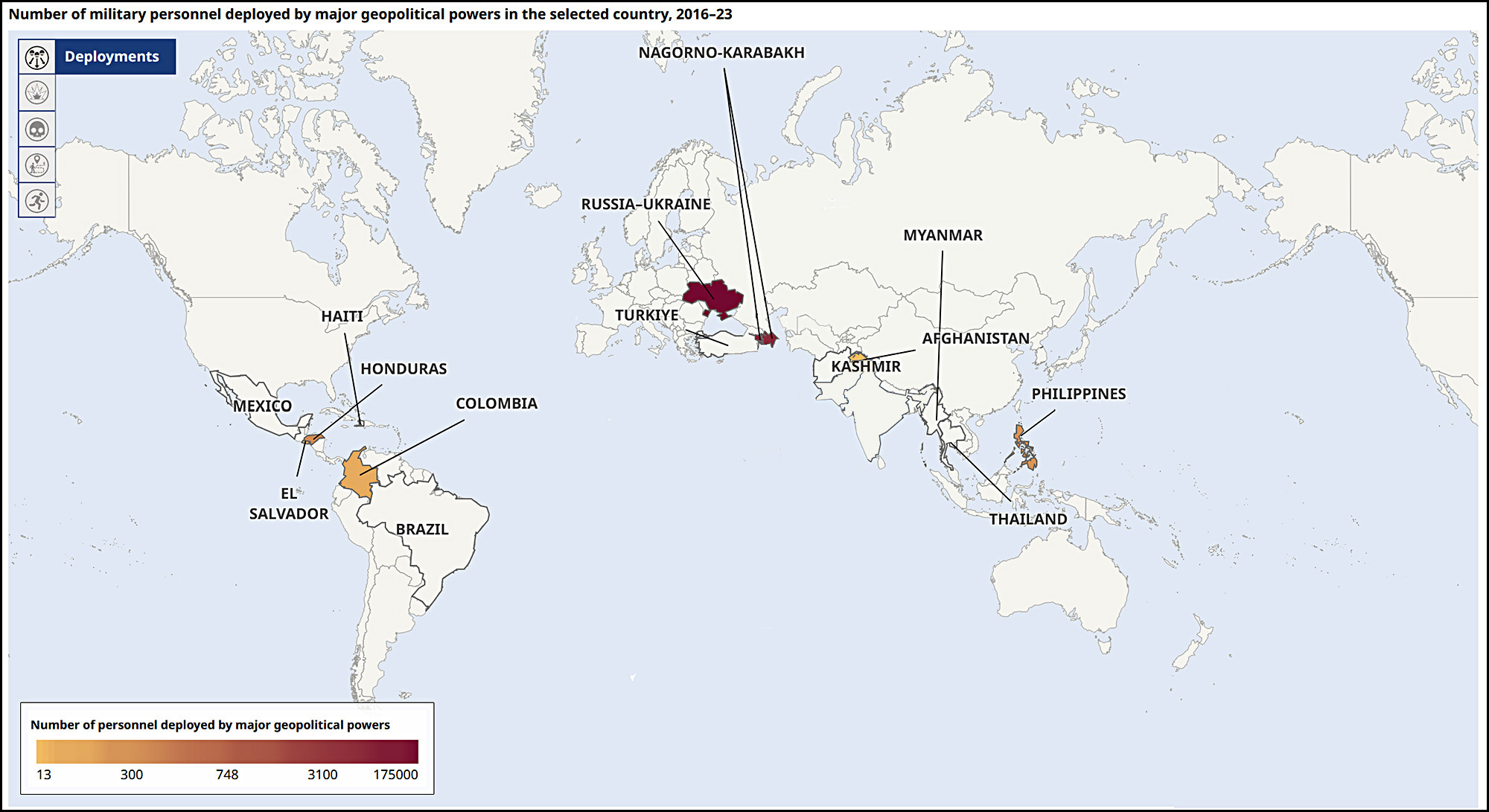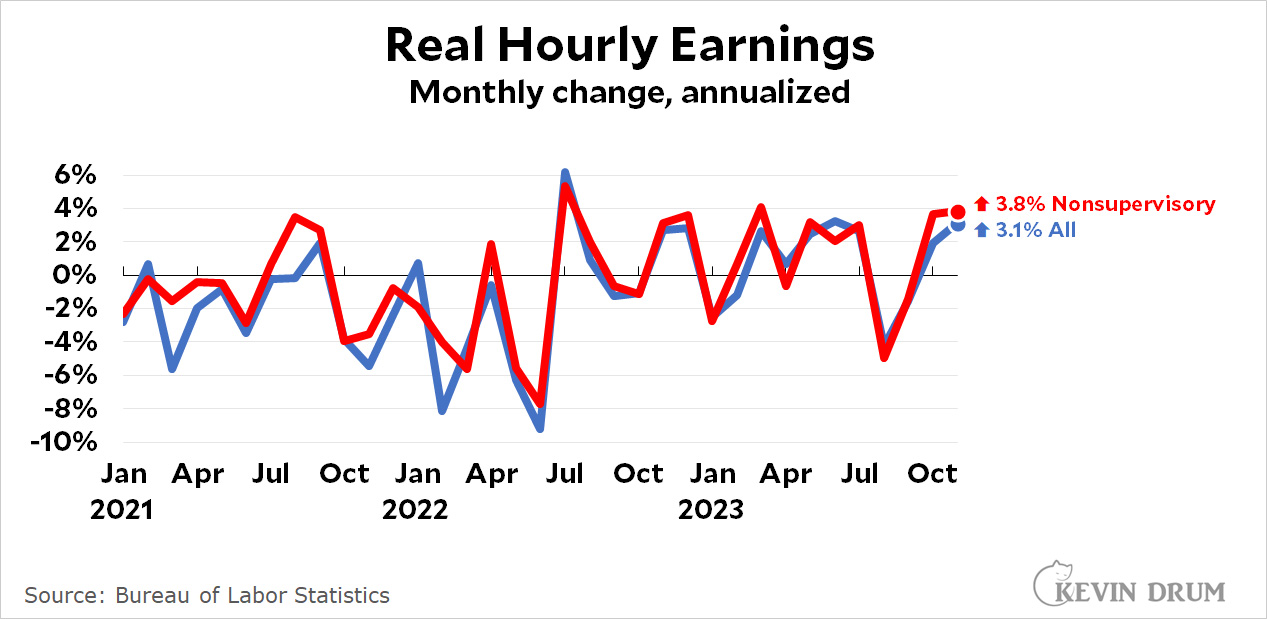The Wall Street Journal reports that the Israeli army is beginning its destruction of the Vast Labyrinth™ of tunnels underneath Gaza:
Israel’s military has begun pumping seawater into Hamas’s vast complex of tunnels in Gaza, according to U.S. officials briefed on the Israeli military’s operations, part of an intensive effort to destroy the underground infrastructure that has underpinned the group’s operations.
....Israeli officials say that Hamas’s underground system has been key to its operations on the battlefield. The tunnel system, they say, is used by Hamas to maneuver fighters across the battlefield and store the group’s rockets and munitions, and enables the group’s leaders to command and control their forces. Israel also believes some hostages are being held inside tunnels.
I have a question about this. I've seen video of the tunnels under Al-Shifa hospital, which were built by Israel itself back in the day, as well as video of smuggling tunnels between Gaza and Egypt in the southern city of Rafah. In addition, I've seen a report or two about the discovery of a few smallish tunnels (one kilometer or less). But that's it, and I've heard nothing about finding anything aside from "several" grenades and AK-47s.
Now, I don't expect the IDF to share its intelligence with me, but if they've really found hundreds of miles of tunnels full of soldiers and materiel I'd expect to see at least a little bit of leaked reporting about it. They were certainly eager enough to share video of the tunnels under Al-Shifa.
So what am I missing here? Are there really hundreds of miles of tunnels all over Gaza? Are they really full of rockets and bombs and guns? Does Hamas really hide there? Israel says it doesn't want to send soldiers into the tunnels because it might be dangerous, but that hardly makes sense. They're searching for hostages, aren't they?
Somebody please educate me.









